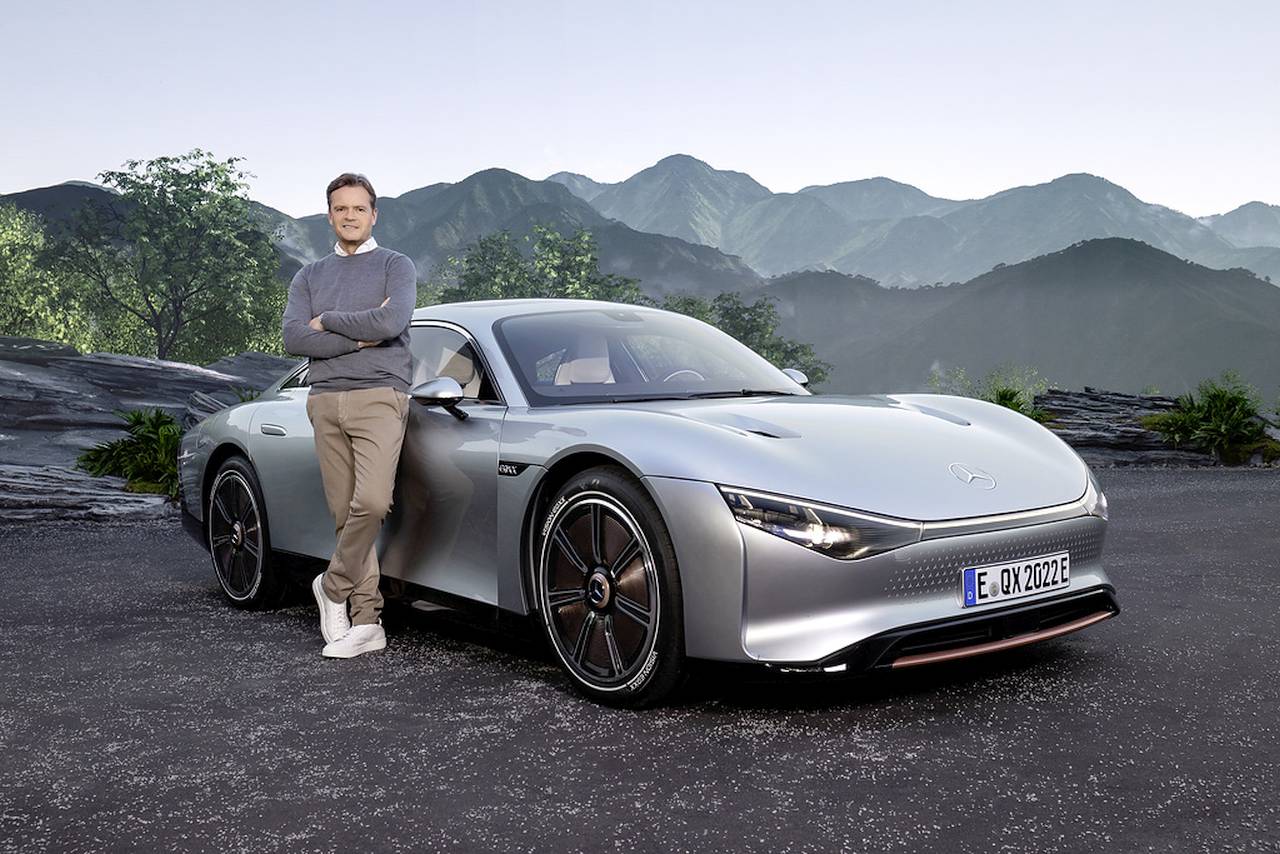The Mercedes Vision EQXX prototype traveled the distance between the German carmaker’s headquarters and the French Riviera, ending the journey with 15% of the battery’s energy still intact.
According to the German manufacturer, the car traveled from Sindelfingen, near Stuttgart, passing through Switzerland and Italy, to the Mediterranean coastal city of Cassis in France.
Considered “the most efficient and aerodynamic vehicle”, the EQXX was presented at CES 2022 in Las Vegas, at which time it was estimated to have a range of about 1,000 km.
In fact, according to Ola Kallenius, CEO of Mercedes-Benz, “the technology program behind this prototype marks a milestone in the development of electric vehicles.”
Mercedes plans to spend 60 billion euros by 2026 to overtake Tesla in the field of electric cars and regain the title of the best-selling premium car brand in the world from rival BMW.
After years of criticism for delaying the adoption of electric cars, the German manufacturer has intensified its transformation by launching the Mercedes EQS, a luxury vehicle with a range of about 560 km.
More recently, the brand has also launched the EQB and EQE electric models, but remains behind Tesla in the field of zero-emission vehicle sales.
With EQXX, Mercedes is trying to prove that it can surpass Tesla even in the strengths of this company, electrical autonomy. The prototype traveled between Sindelfingen and Cassis at speeds of up to 140 km / h and reached its destination with 15% of the battery still charged.
According to the German manufacturer, the Mercedes EQXX comes with a battery pack that can store almost 100 kWh and has a new chemical composition developed with the help of experts from the Mercedes-AMG Formula 1 team together with the Mercedes-AMG High Performance Powertrains division in Great Britain. .
The same battery pack takes up 50% less volume and is 30% lighter than the one in the Mercedes EQS star, the current flagship electric vehicle of the German premium brand. Moreover, it is small enough to be placed even in compact vehicles.
In order to obtain an increased efficiency without increasing the battery volume, the engineers increased the silicon content in the battery anodes.
According to Bloomberg, which aggregated data from carmakers, the prototype Mercedes EQXX has a power consumption of only 8.7 kWh, while the Tesla Model 3 consumes 14.9 kWh and the BMW i4 16.1 kWh.
–


